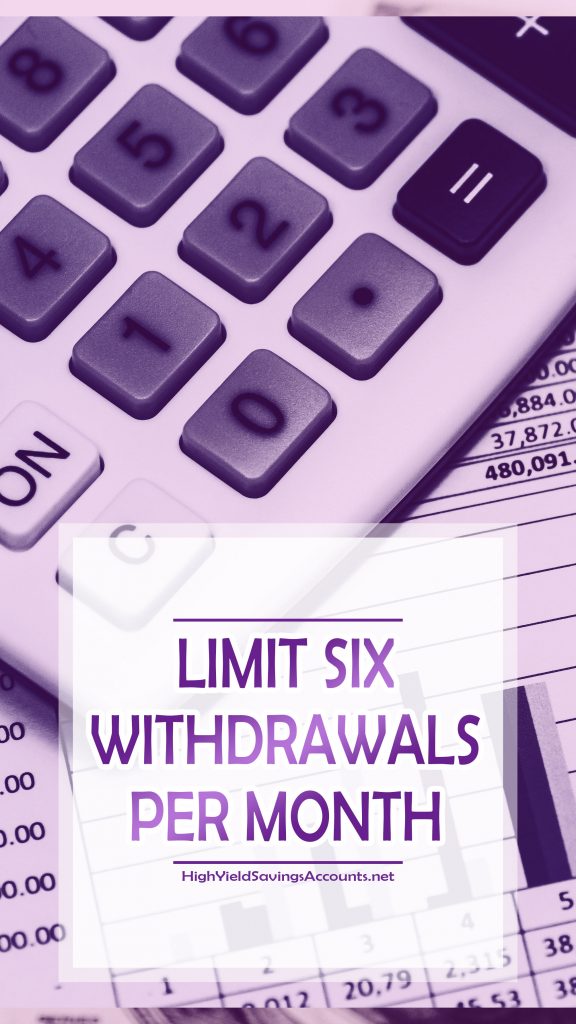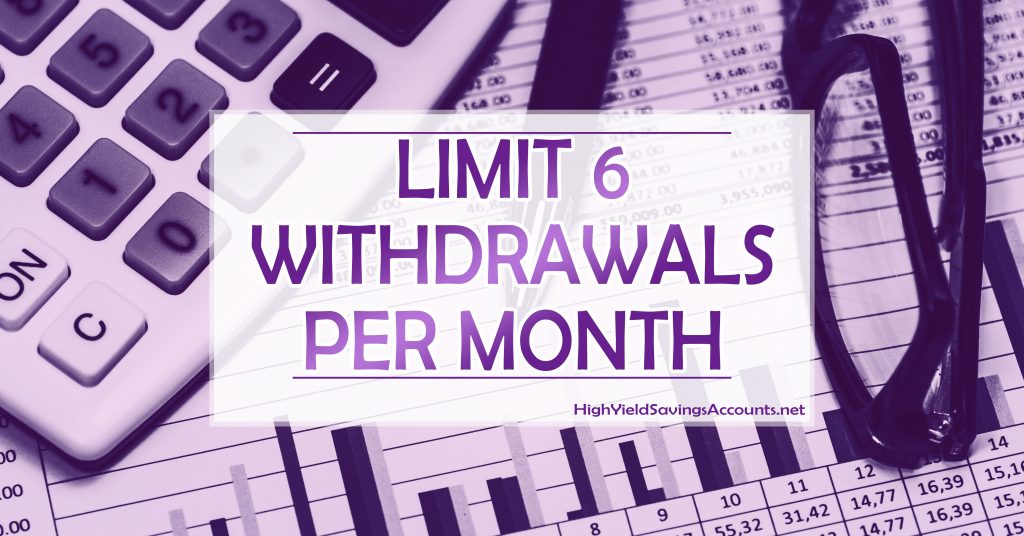Opening a bank account in any country is a big step forward toward living independently. Regardless of where you live, it is vital to have a bank account in order to pay bills, make purchases, and to have a safe place to keep your funds. While all banks have something in common in that they all have accounts available to consumers, the similarities may very well end there. For instance, there are many differences between the banks in the United States and those in the United Kingdom.
Most people in the US are familiar with checking account, but they are called current accounts in the UK. These accounts allow consumers to pay bills, use an ATM, and debit their account for the expenses that they incur. This is just one of the differences between bank accounts in the U.S. and the UK. Other differences include interest rates on accounts, banking hours, and fees for ATM usage.
Banks in the United States operate with extended hours, staying open late on weekdays and Saturdays, and sometimes even opening early in the morning throughout the week, all in an effort to gain the most business from potential consumers. Some banks in large cities are open seven days a week. Little by little, the traditional business hours have eroded away until banks in the United States have developed a business model which requires them to be open almost all of the time. The theory behind this is that the longer they are open, the more customers they will get. However, banks in the United Kingdom do not operate in this fashion. Banks in the UK have very standardized hours of operation, much more closely resembling the hours U.S. banks used to keep years ago. UK banks do not compete for business by staying open at all hours. As a matter of fact, when the typical work day is done and business is closed for the day, so to do the banks close. In addition, they do not have hours of operation on Sundays, as some U.S. banks do. They close on Sundays for religious reasons, as opposed to banks in America.
Another difference between banks in the two countries is the interest rates that are paid on accounts. For example, checking accounts in the United States may or may not pay any interest at all. It is determined by the individual bank how much the interest is that is paid back to the account holder, and in many cases, there is no interest to be paid at all on checking accounts. U.S. banks are paying interest on an increasingly rare basis, while banks in the United Kingdom pay approximately 3% on current accounts. This is important for consumers because they are able to get a small return on their investment with the bank. Whereas most banks in the United States force consumers to have several different types of accounts if they are to receive any interest, UK banks simply pay the interest on the most common bank account such as the current account. This allows account holders in the UK to receive a small amount of interest on their accounts, as opposed to being forced to pay exorbitant fees on their bank accounts as is most often the case in the U.S.
Using the ATM offers yet another contrast between banking in the U.S. versus the UK. U.S. banks almost always charge fees for using the ATM. Some banks do not charge fees if the ATM is owned by the same bank where the account is held. However, if the ATM is not owned by the bank, there is almost always a fee, sometimes as high as $3. Moreover, the customer’s bank often charges an additional fee for using an out of network ATM, which usually brings the charge to the consumer to around $5 for each time the ATM is used. Unlike the U.S. banks, financial institutions in the UK allow customers to use ATM’s without forcing them to pay fees to do so. Customers have the ability to withdraw their money as needed, free of penalties for taking their own money out of their bank accounts.
Opening an account in the United Kingdom is not a complicated process. Much like in the United States, customers usually have to present a given minimum amount of money to the bank to put in the account. This money activates the account. Certain things to pay close attention to when opening a bank account in the United Kingdom include whether or not the bank is willing to provide overdraft protection on the account. It may also be pertinent to take note of which banks are willing to add funds to the account when it is opened, as some provide a one-time payment to the customer’s account when it is activated.
 There are many differences between banks in the United States versus the United Kingdom. It is imperative to understand the details of each account and know which fees, if any, are included. Bank accounts in the U.S. typically charge much more in fees than do banks in the UK, and often they do not pay interest rates the same as UK banks do, as the operating practices between banks in the U.S. and the UK are quite different.
There are many differences between banks in the United States versus the United Kingdom. It is imperative to understand the details of each account and know which fees, if any, are included. Bank accounts in the U.S. typically charge much more in fees than do banks in the UK, and often they do not pay interest rates the same as UK banks do, as the operating practices between banks in the U.S. and the UK are quite different.

